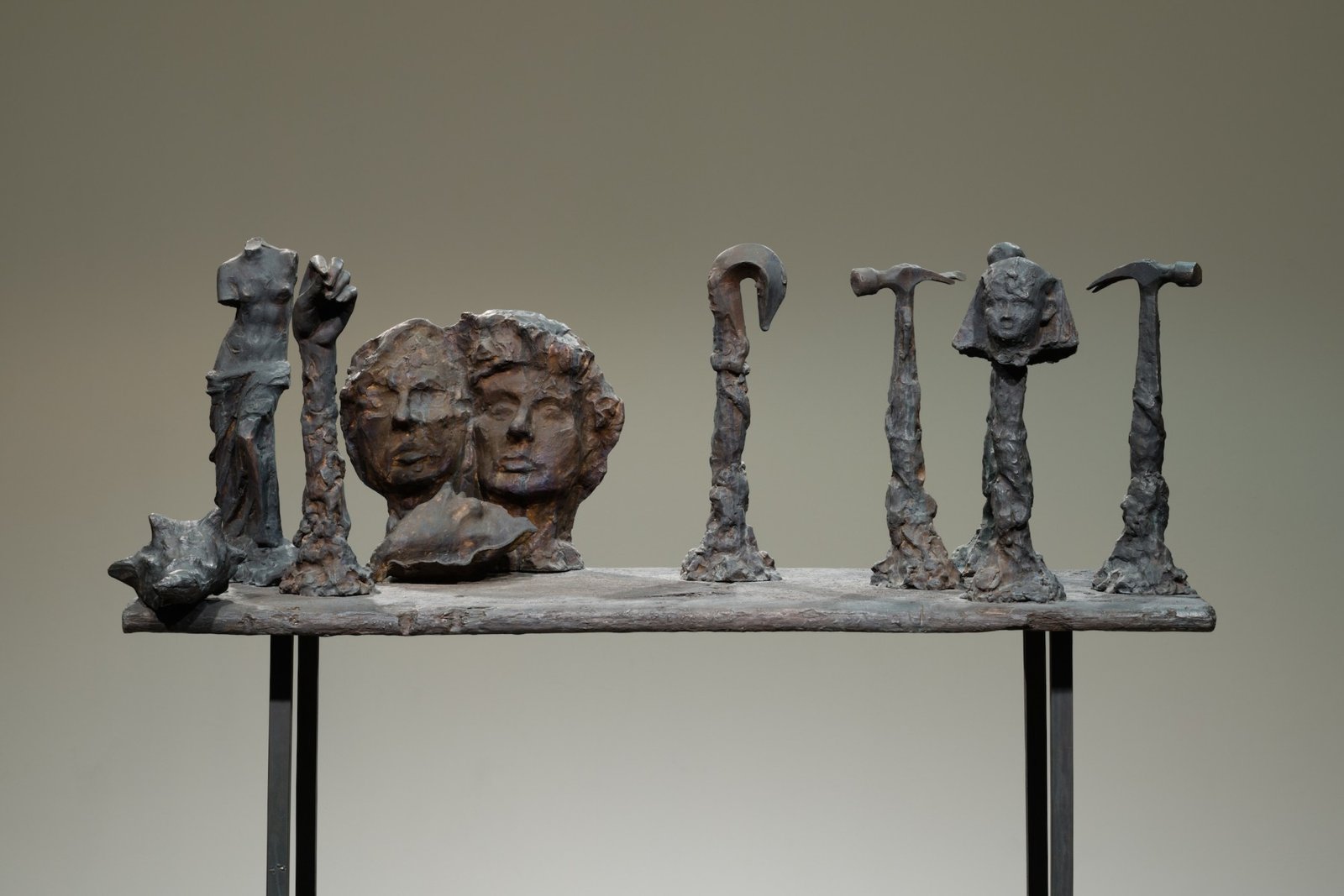Address
304 North Cardinal
St. Dorchester Center, MA 02124
Work Hours
Monday to Friday: 7AM - 7PM
Weekend: 10AM - 5PM
Address
304 North Cardinal
St. Dorchester Center, MA 02124
Work Hours
Monday to Friday: 7AM - 7PM
Weekend: 10AM - 5PM

Hey there! Have you ever wondered why bronze, that beautiful alloy, sometimes turns black? Well, today we’re going to dive into the fascinating world of bronze patina and explore everything you need to know about it.
Whether you’re a collector, an investor, or simply a curious soul, understanding why bronze develops a black patina and how to care for it is essential. So, let’s get started!
Picture this: bronze, an alloy mostly composed of copper, is like a social butterfly. When it mingles with air and moisture, it starts a chemical reaction known as oxidation.
This reaction causes the copper in bronze to combine with oxygen, resulting in the formation of copper oxide on the surface. And voila, that’s how bronze gets its attractive black or dark brown patina.
Now, let’s talk about environmental conditions that can speed up bronze oxidation. Humidity, pollution, and exposure to chemicals act as catalysts for this process.
Ah, the perils of the atmosphere! But wait, there’s more. Sulfur-containing compounds floating around in the air can also react with copper, leading to tarnish and the formation of patina on bronze.
Ah, the million-dollar question! Bronze develops a black patina due to the oxidation of copper on its surface. Remember, when copper interacts with oxygen in the air, copper oxide forms, giving bronze that distinctive dark coating.
Okay, here’s a quick chemistry lesson. Rust is the result of iron oxidation, and lucky for bronze, it doesn’t contain much iron.
So, no, bronze doesn’t rust like our beloved iron buddies. However, when bronze encounters acidic conditions, it can develop a greenish corrosion called “verdigris.” It’s like bronze’s rebellious phase!
Tarnish, on the other hand, is the discoloration or darkening of metal surfaces caused by oxidation. And yes, bronze tarnishes! Remember that copper oxide patina we mentioned earlier? That’s what causes bronze to develop its distinctive black or dark brown tarnish.
It’s like the bronze is putting on its fancy dress to show off its age and uniqueness.
Now that we understand why bronze turns black, it’s time to discuss how we can prevent or minimize it. First, keep your bronze items away from excessive moisture, humidity, and direct sunlight.
They don’t like being drenched or sunburned! Consider using protective coatings, such as wax or lacquer, to shield bronze objects from the environmental forces that can accelerate oxidation.
Just like you clean your house, your car, or your favorite pair of sneakers, bronze items also need some TLC.
Grab a soft cloth or brush and gently remove dust and dirt from their surfaces on a regular basis. If things get a bit dirtier, you can use mild soap and water for cleaning.
Just remember to dry them thoroughly afterward to prevent moisture buildup. Nobody likes a damp bronze!
Congratulations! You’ve now journeyed through the realm of bronze patina and its transformation into a beautiful black coating. We’ve learned that bronze doesn’t rust, but it sure knows how to tarnish with style.
Remember, preventive care is essential to keep your bronze items looking their best. Protect them from excessive moisture, give them a gentle cleaning, and store them properly. And for your cherished bronze jewelry, keep them away from water, chemicals, and store them separately to avoid any untangling drama.
While the black patina on bronze adds character and charm, reversing it is no easy task. Embrace the unique beauty of your bronze treasures, knowing that they carry the marks of time and stories of their own. So, whether you’re an avid collector or an investor eyeing the value of bronze, take good care of these remarkable pieces, and they’ll continue to shine for generations to come.
Remember, my dear readers, I’m here to provide insights and engage in conversations, but always consult with professionals or refer to reliable sources for specific metallurgical advice or investment decisions. Happy investing and treasure hunting!